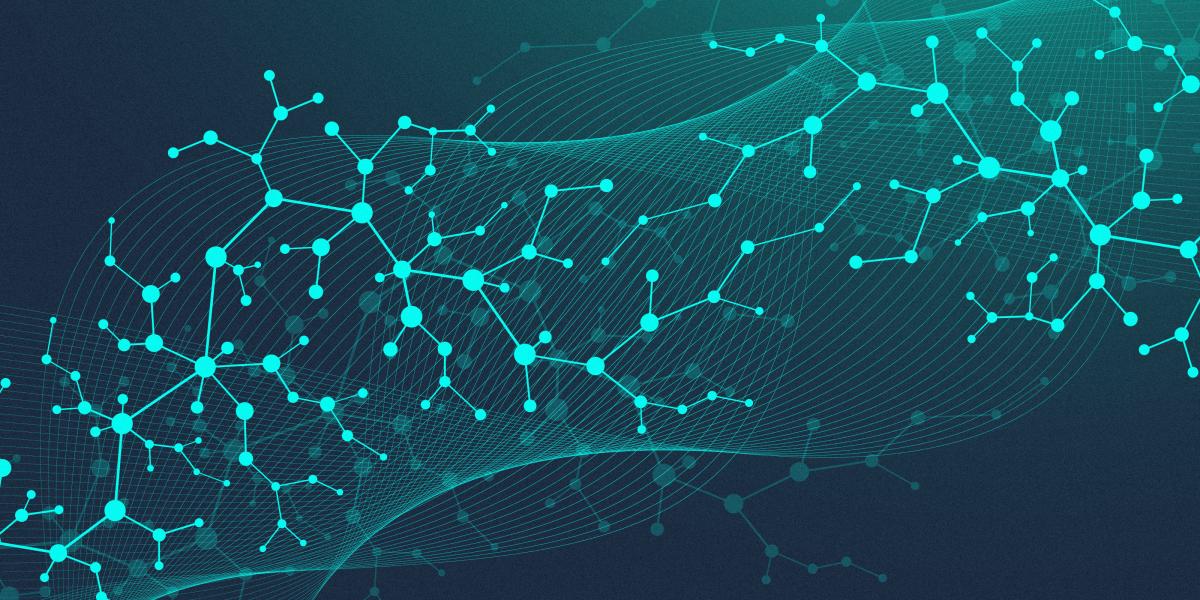Real People, Real Solutions
A public health preoccupation today seems to be the creation of ever-more- elaborate technologies that harvest hitherto unimaginable quantities of data. Never mind that the methodologies are ill-conceived or the questions inappropriate. Too often sidelined are the professionals who would translate the findings into action. Usually the best equipped to fulfill such roles are rare creatures called “public health epidemiologists.” In establishing the Epidemic Intelligence Service, the CDC’s Alex Langmuir, a former Hopkins faculty member, emphasized the importance of the “shoe leather epidemiologist,” who collected information in the field and devised solutions.
Better reporting systems are a priority. However, prospective solutions now focus on complex systems that minimize the need for human intervention. As one example, the U.S. now is planning to invest billions of dollars in two systems called BioWatch and BioSense—one to detect virulent particles in the air and a second to analyze daily data on clinic patients with complaints, like diarrhea or cold symptoms. The hope was that they would provide early warning of a developing epidemic. So far, BioWatch—when it has worked—has produced only false alarms; BioSense has detected influenza outbreaks about as quickly as elementary school teachers note higher absenteeism. Neither is expected to be of help in controlling an epidemic. Support for these vagaries has come at the expense of state and local programs. It seems to me that it would be far more effective to invest in the training and support of such professional staff. They are what we need to develop real solutions.
